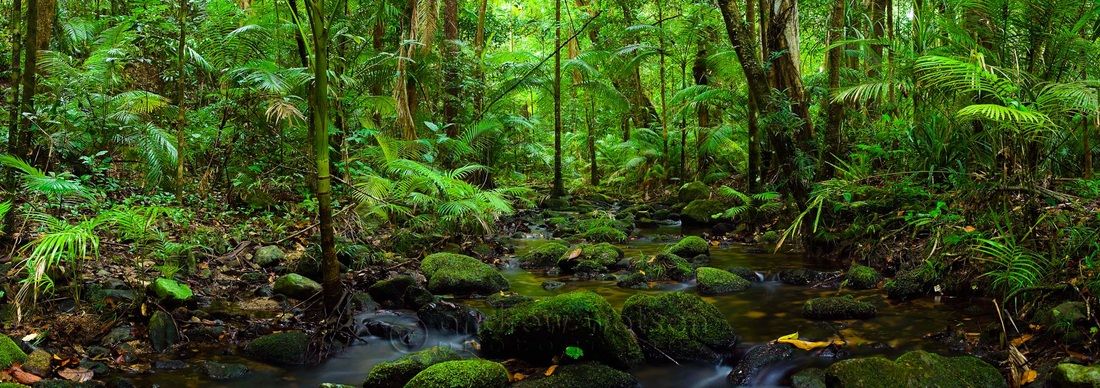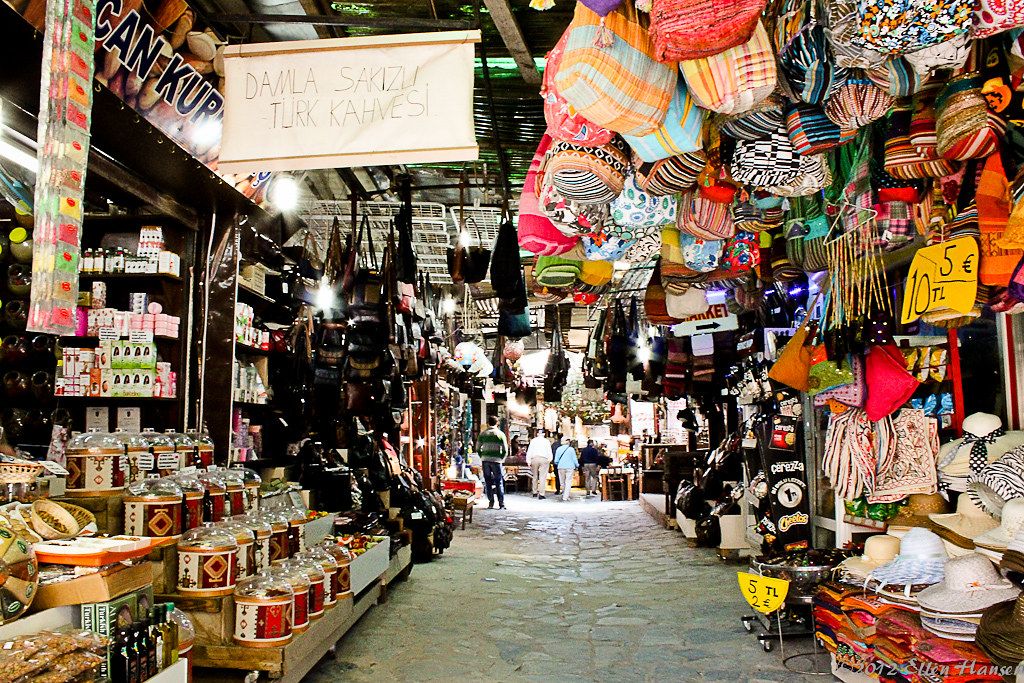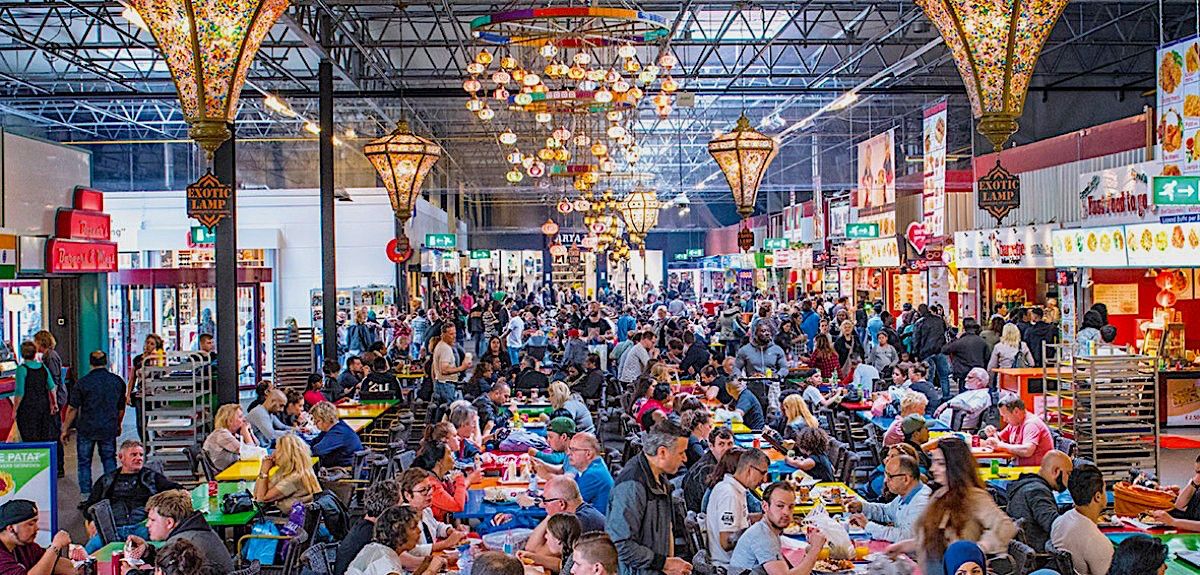This is the third of three essays discussing the state of sustainability.
- SUSTAINABILITY THEN - The Standard Model
- SUSTAINABILITY NOW - The Leverage Turn
- SUSTAINABILITY NEXT - Context, Texture, Meaning
Finance, cities, design, tech, have separately and together have gathered huge potential to leverage change–at a time when standard actors and actions lack, even with the best will, the capacity to force the change required.
But: what about the issues of the standard model–resource management and nature preservation? Can we talk about evolving the goals of sustainability? This is an obvious and yet strange question. Are not the issues of sustainability and climate givens: aren't they the actual challenges?
Well, here's the thing: they aren't the personal challenges. They're the abstract challenges. Not one person in history, at any point in their lives, will suffer directly from climate change.
They may suffer from experiences caused by climate change such as crop failure, or respiratory illness, or become a refugee from their homeland. But that is their challenge, not price spikes, ecosystem collapse, or climate stochasticity.
That doesn't make it unreal–it just differentiates abstract concepts from personal experiences. The experiential challenges are the personally dramatic and trivial-but-critical problems of day to day living. Someone swept away by a tsunami is experiencing a drowning event, not a geological event.
This difference is another of the reasons for the lack of progress in sustainability: people don't experience in their daily lives the of full scale of environmental degradation, risk and nature harm–just the bit, if at all, that affects them.
Animating concern let along action among modern humans–long separated from nature by supply chains, urban structures and cultural-economic frames–has necessitated since the dawn of the environmental movement a form of moral engineering and crisis scripting to make relevant, real, experiential that which is fundamentally abstract.
While there has been some success–the standard model exists, some progress happened–here has never been any grand mobilization of human engagement in the environmental. Sustainability has not revealed as a human priority itself as in the way democracy and justice have, let alone food, families, housing, music.
Goals and issues which do not situate themselves in people's life context, moment by moment, become deprioritized, no matter how urgent and worrying. Climate change and sustainability are functionally equivalent to a potential asteroid strike. It sounds bad—it is bad—and you hope it doesn't happen. But if you lose sleep over it, it doesn't lead very far.
So the issues of sustainability are due for a reframing. This is the role of context in environmental issues.
It's maybe the re-arrival of context. The environmental movement, as the name implies, was founded in order to contextualize humans in the natural and resource systems, just as modern society was shielding us from the implications of our actions, that historically were immediate.

But we don't yet know how to do it. It is hard to make sustainability a reality that has live and form in the contexts of people's lives on a sustained, self-focussing basis, without permanent hectoring and disruption.
There are loose notions of context that can surely help. If, for example, your state bird, on the state seal as an image, and a sight and sound of the seasons in your home region, is about to migrate permanently due to climate change, this is a link between the grand and the particular. If your children can't paddle in the book up the hill, as you used to do as a child, because of a factory upstream, this an experiential loss to be corrected, not an abstract challenge.
But much of this context-appraisal is still too abstract: it still leans too much on the moral machinations and crisis narratives that are the legacy of the standard model. What else then?
Drive context down to even more precise particulars, and you arrive at texture, the physical and psychological sensation of the component parts of every context. Light, air, water, colours, materials, shapes, connections, flow, separation - all of these are the textural elements of our built environment. They must now become the scripting elements of sustainability and post-climate-compromised modernity.
But how? It's not likely we will do this by fetishising green products and services: too shallow, too consumerist. It has been tried for decades and seem to max out as a niche luxury habit, not a universal interest and priority.
This rescripting of sustainability, its reweaving into the contexts and textures of modern living, is the frontier of sustainability so it's ok that it's new, even though time is short. What it involves is a study of incentives, motivations, rewards: how humans, in different circumstances and environments, engage with life at all, and what that knowledge helps to do in shaping contexts and textures to drive sustainability and climate stability.
If there's a unifying way to synthesize this reinterpretation of the issues of sustainability, and weave them into the contexts and of life textures of real people, it's through the remapping of meaning. Everything people experience on a daily basis is packaged in terms of meanings: a tissue of incentives, motivations, rewards, roles, and ultimately associations. All the abstractions of life are distilled in this way. So must it be for sustainability and climate.
Meaning as experienced is a layered and complex phenomenon. Meanings are not the same as facts and implications, they might not even be based in facts. To remake meaning, you must remap assocations.
Some of this is practical: durable and scarce items are often associated with quality and sustainability. Some of this is psychological and cultural: there is a simplicity associated with a low-asset, service-based lifestyle, that itself can drive reduced resource consumption.
But there must be deeper ways also. Some of this may be recontextualizing life in more meaningful ways, as the texture of daily experience.
Landscaping as greenery and pets as animal toys can give way to functional landscaping and urban farms, even if for educational purposes. Biodiversity video blockbusters can give way to new stories of how unique life is studded across and around the places you live and visit. Resource use indicators can be visualized elegantly at huge scale in the physical environment, not just hidden in dashboards and reports.
There are ways in which the texture of quality and beauty, the amount of consideration that has gone into things and places and which radiates through the surface so often into their experienced reality, can become identical with the texture of sustainability.

Remapping contexts and textures of life in ways that make sustainability and climate change newly meaningful is promising in part because it responds to challenge in the preceding essay on sustainability and leverage: how do we best use the emotional lever to change society? Meaning is meaning, things matter, more because of their emotional than their factual associations.
So this search, to frame meaningful daily experiences as life-supporting sustainability features in the textures of our lives - is about finding ways to associate emotional not just technical dimensions of sustainability and climate into real-life contexts into emotional, pyschological canvas and set of human stories, where sustainability is part of the emotional plot.
People don't choose quality and beauty because they should, or because it's a good idea, or they are trained to, or it's trendy: they do it because they truly want to, and they'll do it again and again. It is yet another reminder of why cities and the built environment, and the built design in general at all scales, is so central to the future of sustainability.
Cities are, in practice, just superclusters of contexts, which are themselves are groups of textures, which are tissues of meanings: layer on physical and object and social structure and personal experience, in physical and natural contexts, that defies theory and speculation. We can and must use this concreteness to reimagine and make relevant the environmental issue, reframing the resource use and nature protection issues in the infinite strands of urban living.
The future of sustainability is not out there. We will not save the world as if we are solving a proof. We do not and cannot live and breathe abstractions. Moral engineering has revealed the limits of its effectiveness. The sustainability crisis script has become formulaic–we've seen the movie, even if we haven't lived it.
The future of sustainability is right here, under your finger tips, in the air you are breathing. Contexts, made of textures, made of meanings are the strucutural layers of a script that is not yet written. The world we make is the world we save.


